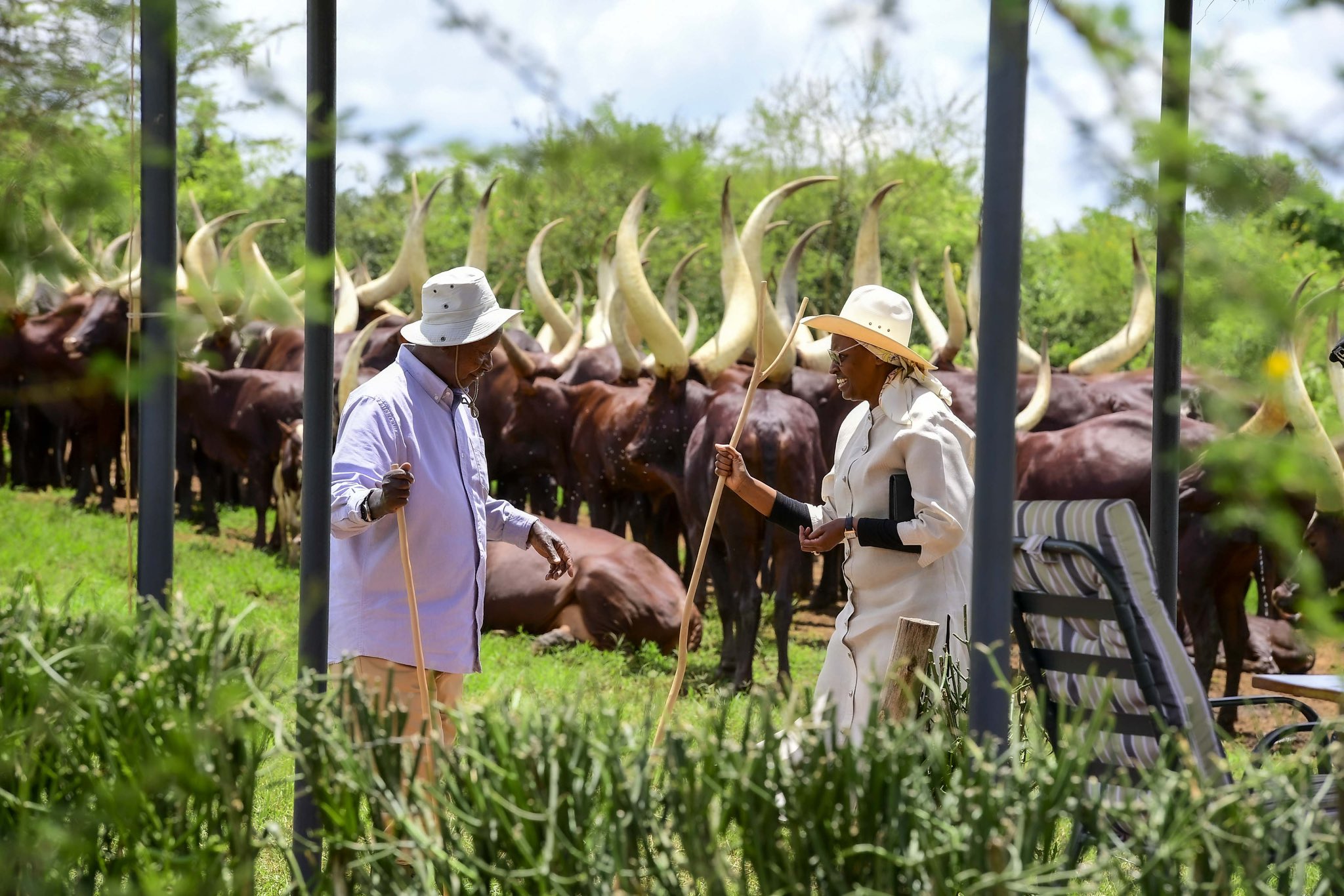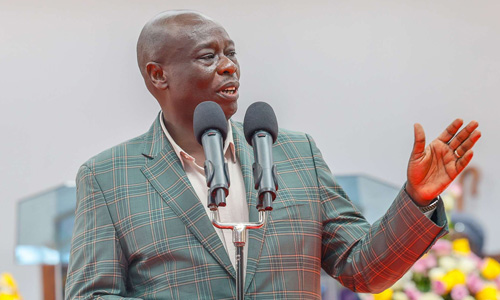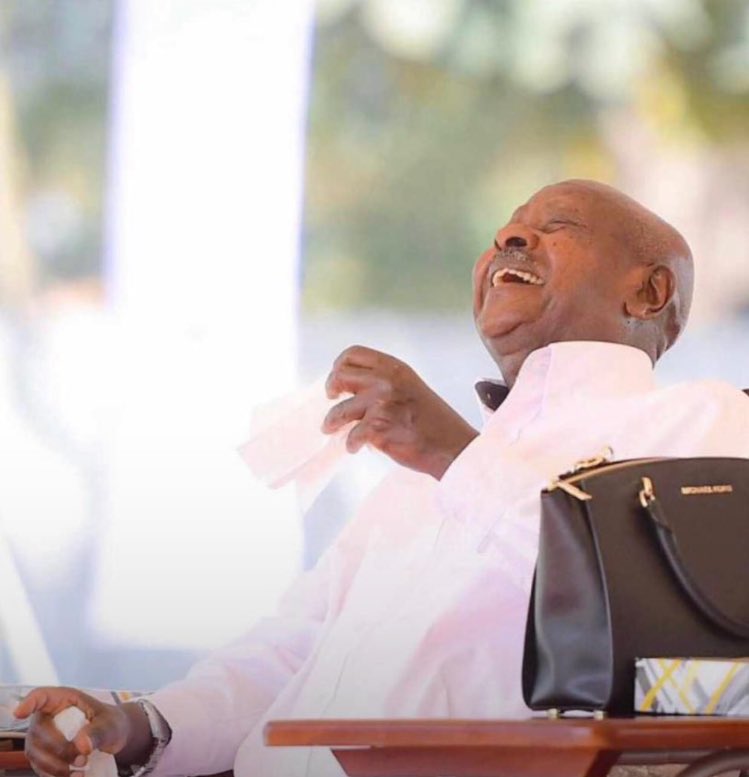From Ankole to Karamoja: The Cattle Complex in African Societies
In the tapestry of African cultures, few symbols resonate as profoundly as the majestic bovine. Cows aren’t merely livestock; they’re the pulse of tradition, the measure of wealth, and sometimes, the currency of power. Yet, within this romanticized image of pastoral life lies a phenomenon deeply ingrained in African societies—a mentality often referred to as the “cattle mentality.”
Let’s take a journey through the savannas and plains, where the echoes of hooves reverberate through the ages. Take the example of Muhoozi Kainerugaba, son of Uganda’s President Museveni, extending the noble Ankole tradition by offering a European leader not bouquets of flowers, but a herd of cattle. It’s a gesture steeped in cultural pride, reminding us that in some corners of the world, floral arrangements just won’t cut it.
But the reverence for cattle transcends mere gift-giving. Consider the Mundari of South Sudan, who sculpt their entire existence around their prized cattle. These nomads not only rely on them for sustenance but have elevated their bovine companions to a level of veneration. Bathing in urine might seem bizarre to outsiders, but to the Mundari, it’s a ritualistic ode to the sacred bond between man and beast.
And then there are the Karamojong of Uganda and the Maasai of Kenya, who choose to draw life directly from the veins of their cattle, consuming their blood and milk with reverence but seldom consuming their flesh. It’s a practice that underscores the deep symbiosis between humans and their herds, where sustenance is not just a transaction but a spiritual communion.
But beneath the surface of this pastoral idyll lies a darker truth—a truth embodied by figures like Isaac Maliyamungu, a ruthless military officer who wielded power under the shadow of Idi Amin’s regime. Maliyamungu’s legacy isn’t just one of brutality and oppression; it’s also a testament to the allure of cattle as instruments of power and wealth. Fleeing into exile with his ill-gotten gains—300 head of cattle—Maliyamungu’s escape across borders with his bovine fortune remains a curious footnote in history. How does one herd hundreds of cattle across borders? It’s a question that lingers, begging for answers.
However, as we romanticize the pastoral life, we must confront the scientific realities that accompany it. The environmental toll of extensive cattle grazing cannot be ignored. From land degradation to methane emissions surpassing those of airplanes and ships, the ecological footprint of the cattle industry is undeniable. Moreover, violent conflicts over land, as witnessed in regions like Kenya and Northern Uganda, highlight the human cost of this obsession with bovine wealth.
In the end, the “cattle mentality” is more than just a quaint cultural quirk—it’s a complex interplay of tradition, power, and ecological consequence. As we navigate the modern world, perhaps it’s time to reassess our relationship with these noble beasts. For in our quest for tradition and prosperity, we must not lose sight of the broader implications of our actions. After all, in the words of an African proverb, “You can’t fatten a cow by weighing it.”




















